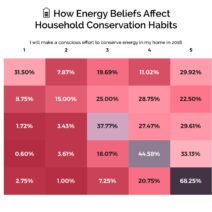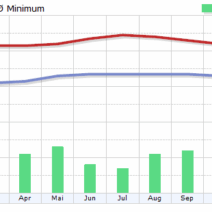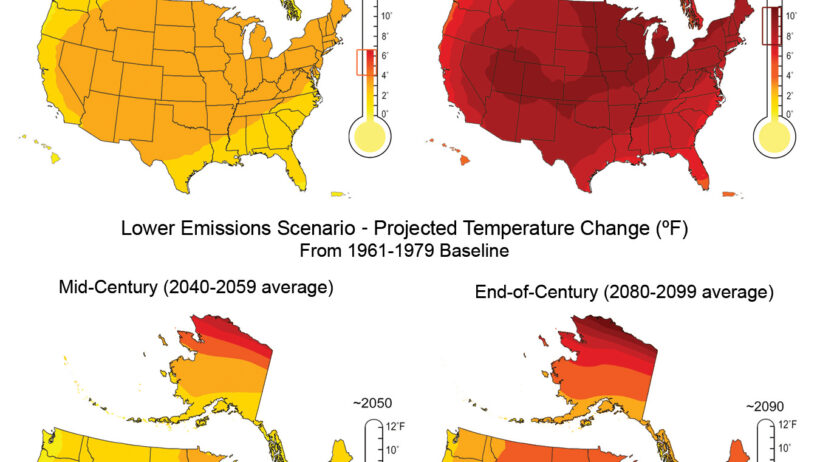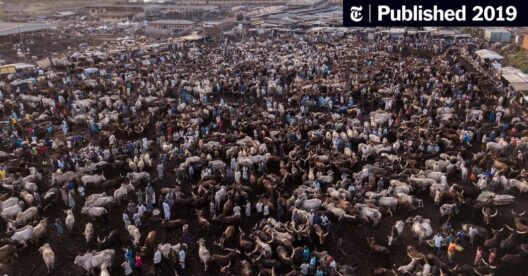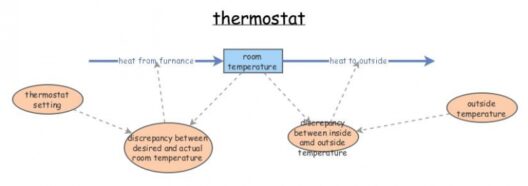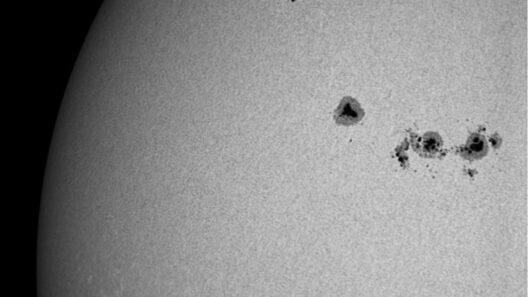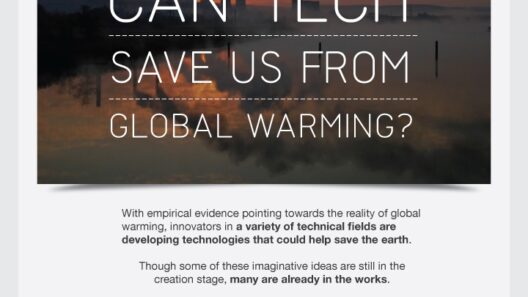The Ice Age is a term deeply embedded in our understanding of Earth’s climate history, representing a period marked by glacial expanses that shaped our planet’s topography and biodiversity. As scientific inquiry progresses, the notion that we have entered a new era of unprecedented climate change and global warming becomes unavoidable. The stark reality is that the Ice Age is over; we find ourselves grappling with a rapid transition that threatens ecosystems and human societies alike. This monumental shift prompts an examination of the underlying phenomena driving climate change and raises critical questions about our future.
For much of Earth’s history, climatic fluctuations have occurred relatively slowly, allowing adaptive changes in flora and fauna. The last Ice Age receded approximately 11,700 years ago, ushering in the current Holocene epoch. During this interglacial period, humanity flourished. Civilizations emerged, technology advanced, and an unprecedented population growth occurred. Yet, this recent historical transition now faces a distressing counterpoint—global temperatures are rising at a rate that far exceeds any natural cycle observed in geological history.
Commonly observed trends in global warming include increased average temperatures, retreating glaciers, and rising sea levels. These indicators, while alarming, mask a more profound narrative. The infatuation with climate phenomena often stems from a fascination not only with the dramatic visual changes in our environment but also with the interconnected web of causation. Anthropogenic factors, primarily arising from the combustion of fossil fuels, deforestation, and industrial activities, have acted as catalysts in this climatic upheaval. These human endeavors release an array of greenhouse gases, particularly carbon dioxide and methane, into the atmosphere, overwhelming Earth’s natural regulatory mechanisms.
The rise of industrialization came with significant advancements and conveniences but also introduced environmental consequences that reverberate through time. The burning of coal, oil, and gas has led to tangible alterations in atmospheric composition. This intensification of the greenhouse effect traps heat in the Earth’s atmosphere, contributing to a climate crisis that escalates year over year. The ramifications are manifold, affecting weather patterns, oceanic systems, and biodiversity.
One cannot overlook the pivotal role of feedback loops in exacerbating climate change. For instance, as ice caps and glaciers melt, the Earth’s albedo—the measure of reflectivity—diminishes. Darker ocean waters and land surfaces absorb more solar energy, accelerating warming. Similarly, the thawing of permafrost releases substantial quantities of methane, a greenhouse gas with a potency many times greater than carbon dioxide. These feedback mechanisms create a perilous cycle that accelerates climate change, revealing the complexity of interactions within our planetary system.
With increasing temperatures, extreme weather events have become more frequent and severe. Hurricanes grow potent as warm ocean waters serve as fuel; droughts worsen when previously stable precipitation patterns become erratic. These fluctuations are not merely statistical anomalies; they invoke real-world consequences, affecting millions of lives and livelihoods. Agriculture, a sector synergy between climate and human sustenance, faces existential threats, with shifting growing zones and increased pestilence compounding challenges for food security.
The physical manifestations of climate change are daunting—glacier retreat is observable in real-time, altering landscapes and displacing communities. Iconic glaciers, once considered immutable, now serve as stark reminders of our changing world. Polar bears, a symbol of climate vulnerability, struggle against dwindling habitats, reliant on ice for hunting—an archetype of a species in peril due to anthropogenic actions.
In addressing climate change, the conversations must extend beyond mere acknowledgment of its existence. Societal cohesion and international collaboration are essential to mitigating the crisis. Comprehensive policies aimed at reducing carbon emissions—such as transitioning to renewable energy sources, reforestation, and sustainable agricultural practices—must dominate strategic planning. Governments, businesses, and communities must unite, reshaping their trajectories to incorporate environmental stewardship as a foundational principle rather than an afterthought.
The role of innovation cannot be overstated. Technological advancements, from energy efficiency improvements to carbon capture methods, are imperative as we navigate this climate crisis. There exists a burgeoning sector focused on developing clean energy technologies, offering a sustainable path forward. From solar panels to electric vehicles, economies can transform, reducing reliance on fossil fuels while simultaneously fostering job creation and economic resilience.
Nevertheless, while technology offers promising solutions, it is vital to confront the perennial challenge of public perception and engagement. Climate change skepticism persists, often veiled in disinformation. Engaging with communities and fostering a culture of environmental awareness can galvanize grassroots action. Collective responsibility, alongside individual commitment, can create a formidable force against climate inaction.
Ultimately, the fascination with climate change stems from its omnipresence and urgent call to action. The tale of the Earth’s transition from an Ice Age to a warming planet embodies both awe and alarm. The trajectory we chart will determine not only the sustainability of our ecosystems but the very fabric of human civilization. In the face of this monumental challenge, we must recognize that the Ice Age is indeed over, but the pages of our climate story are still being written. The lessons of history, entwined with our present choices, will dictate the legacy we leave for future generations.
